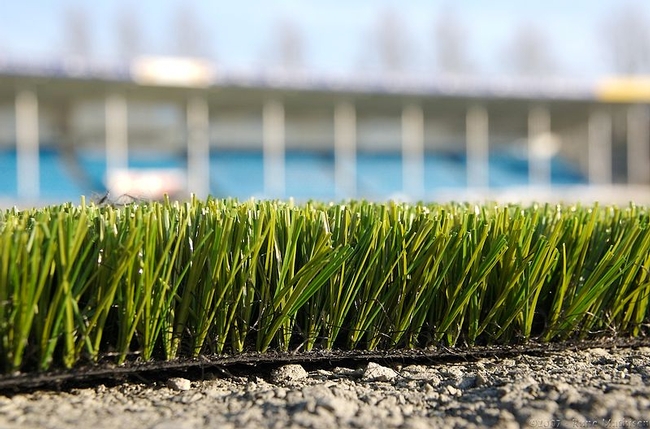Living lawns keep yards cooler
Three UC Agriculture and Natural Resources researchers in Southern California have raised concerns about the trend in California to remove lawns to cope with the drought, reported Janet Zimmerman in the Riverside Press-Enterprise.
They believe living lawns need not be sacrificed to meet mandatory water-conservation goals set by Gov. Jerry Brown. Turf simply needs to be managed better, said Dennis Pittenger, UC ANR Cooperative Extension advisor based at UC Riverside. Pittenger co-wrote a white paper with UC ANR Cooperative Extension advisor Don Hodel in which they contend the push to remove grass is a knee-jerk reaction to the drought, the article said.
Pittenger provided five ways to reduce the amount of water needed for grass maintenance:
- Switching from fescue and other cool-season grasses to warm-season varieties such as Bermuda and St. Augustine, which go dormant in the winter. Warm-season grasses use 20 percent less water, when irrigated properly, than cool-season varieties.
- Ensuring sprinklers are working correctly, with overlap and good distribution.
- Using the appropriate amount of water. Lawns can survive on much less water than most people give them.
- Reducing or stopping fertilizer use, which prompts growth and increases water demands.
- Raising the mowing height to at least 3 inches to encourage grass to develop deeper roots.
“Do all those things before you consider taking out turf,” Pittenger said. “That will save quite a bit of water and maybe enough to get the savings necessary to meet goals.”
Jim Baird, UC ANR Cooperative Extension turfgrass specialist based at UC Riverside, said grass' contribution to increased property values and psychological well-being cannot be overstated, and it can be maintained with little water. Both Pittenger and Baird told the reporter they maintain living lawns at their own homes with minimal irrigation.
In an article on The Confluence blog, a team of UC ANR academics outlined "Practical advice on drought-tolerant landscaping in California."
They wrote that, "Trading in your turf for concrete, rock, or artificial turf are options. However, none of these selections promote healthy soils and other ecosystem services. In fact, all of these options can be problematic because they create a heat island effect and may have water infiltration or runoff issues."


